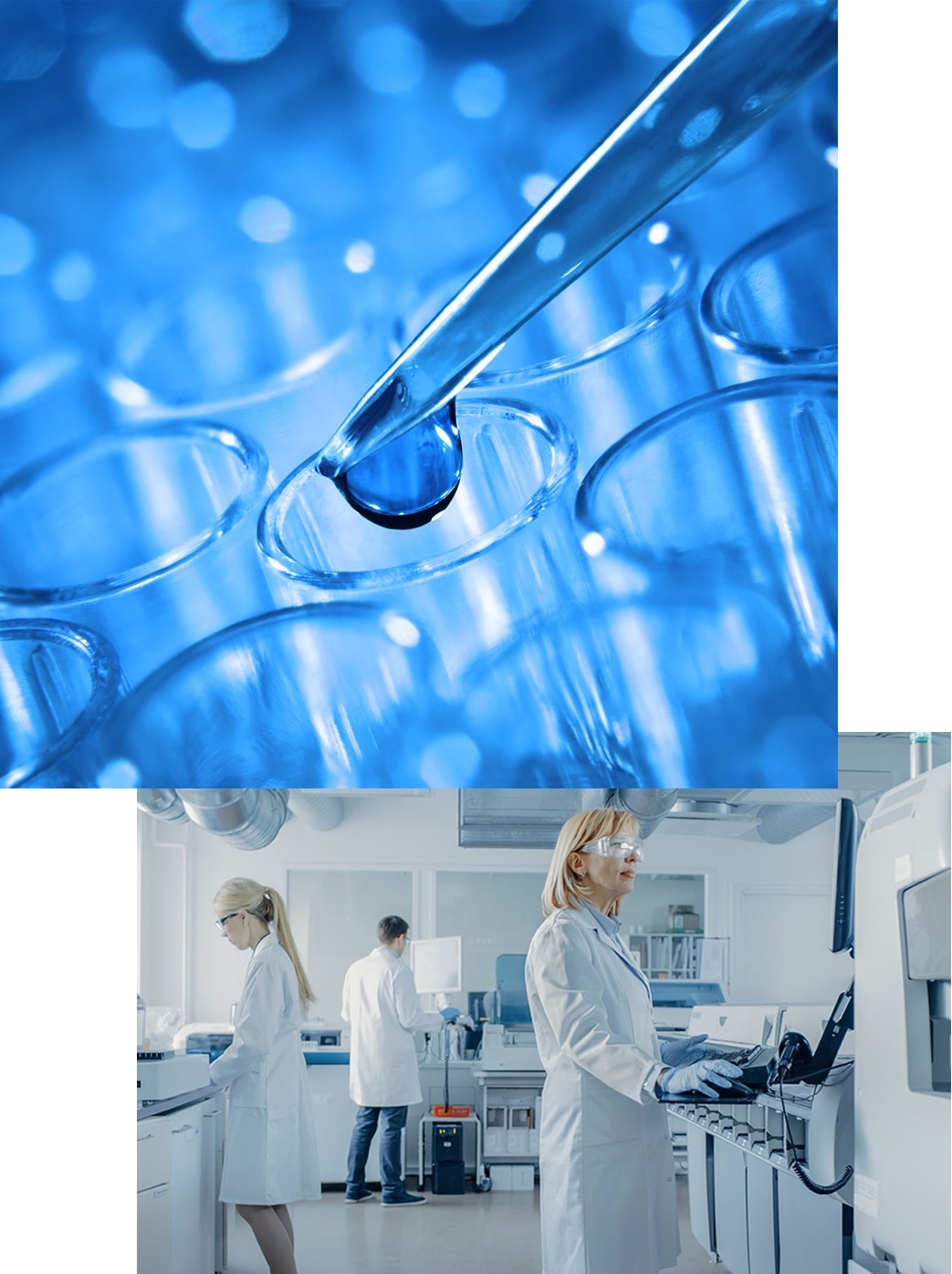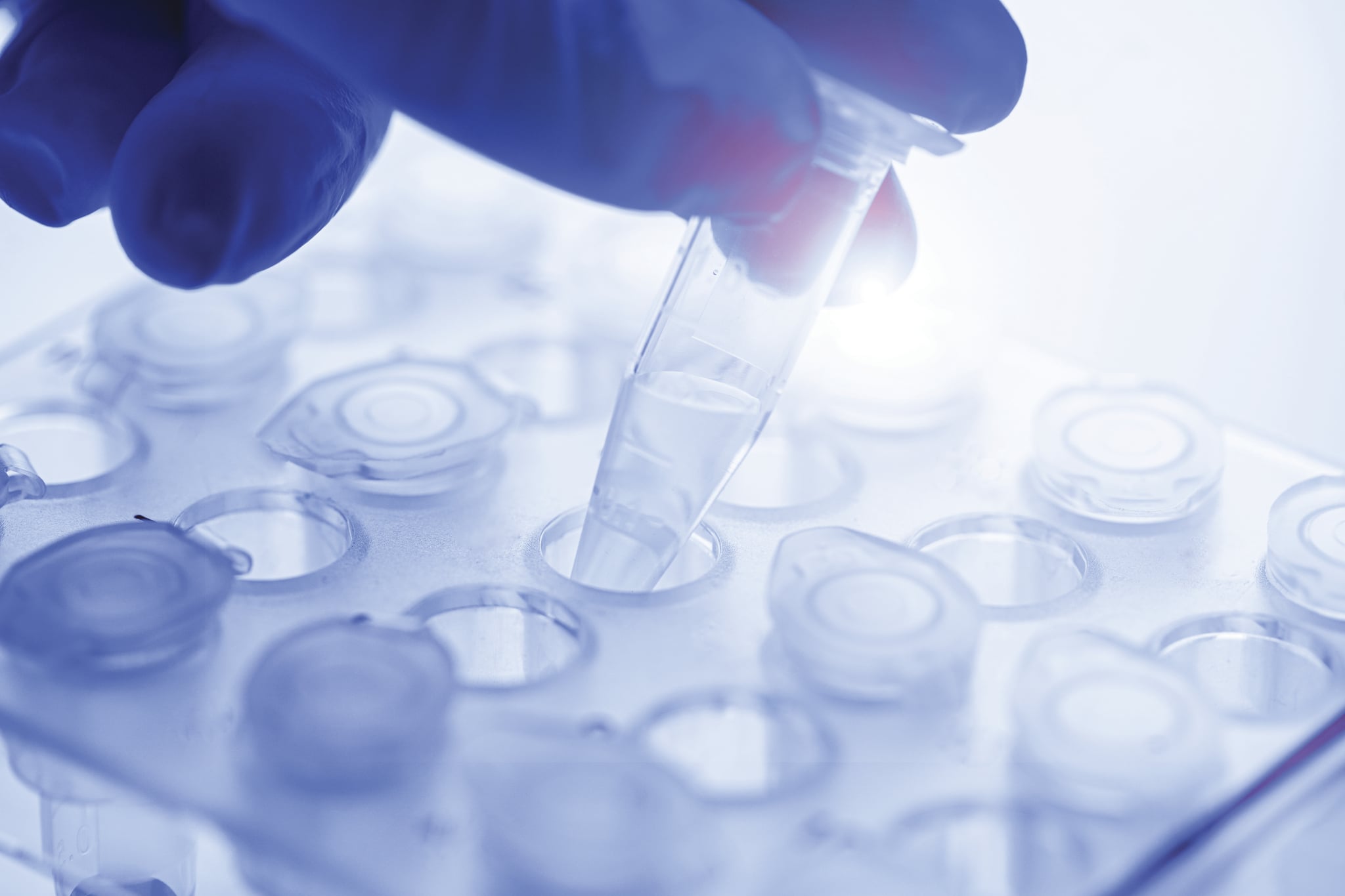For high-performance applications such as multiplex PCR, cloning, site-directed mutagenesis, or antisense/RNAi experiments, additional purification of oligonucleotides may be required to remove synthesis byproducts and ensure optimal specificity, efficiency, and consistency in downstream workflows. For demanding applications such as multiplex PCR, cloning, mutagenesis, or antisense/RNAi methods, additional purification may be needed for your oligonucleotides.
REQUEST CONSULTIDT offers a range of oligo purification options to meet the needs of demanding applications. High performance liquid chromatography (HPLC), including reverse-phase and ion-exchange methods, provides high purity for unmodified and complex modified oligos. PAGE is recommended for oligos >60 bases to ensure purity. RNase-free HPLC is ideal when ribonuclease contamination is a concern. Dual purification options further enhance purity for sensitive assays.

Request a consultation with one of our experts!
IDT offers multiple purification options, including PAGE, reverse-phase HPLC, and ion-exchange HPLC, to meet diverse needs. Unmodified oligos 20–50 bases in length are delivered with guaranteed yields (Table 1). Oligos up to 60 bases that meet our purity guarantee are quality-controlled by capillary electrophoresis (CE), with trace files conveniently accessible through your online order history. Please note: purity and yield guarantees vary with oligo length, modifications, or sequence composition.
| Purification Type | 100 nmol | 250 nmol | 1 µmol | 5 µmol | 10 µmol |
|---|---|---|---|---|---|
| PAGE | 2 nmol | 6.5 nmol | 25 nmol | 125 nmol | 250 nmol |
| HPLC | 3.75 nmol | 12.5 nmol | 50 nmol | 250 nmol | 500 nmol |
| IE-HPLC | 3.75 nmol | 12.5 nmol | 50 nmol | 250 nmol | 500 nmol |
| RNase-Free HPLC | 3.75 nmol | 12.5 nmol | 50 nmol | 250 nmol | 500 nmol |
| Dual HPLC | 2 nmol | 6.5 nmol | 25 nmol | 125 nmol | 250 nmol |
| Dual PAGE & HPLC | N/A | 3 nmol | 12.5 nmol | 62.5 nmol | 125 nmol |
